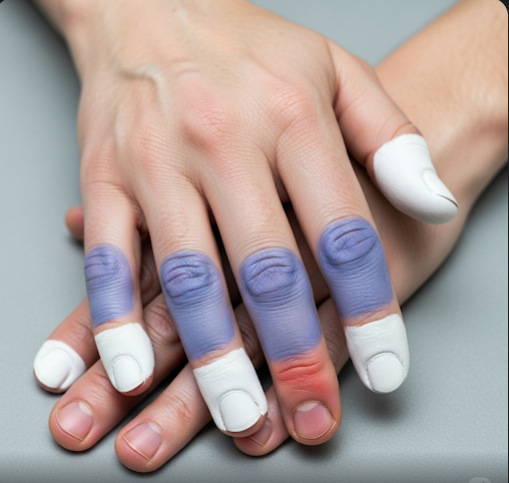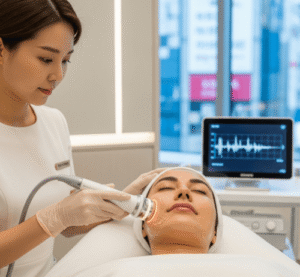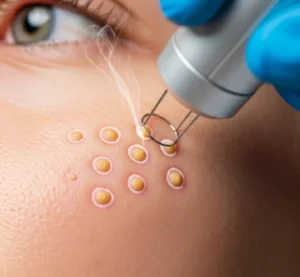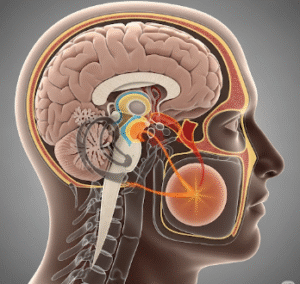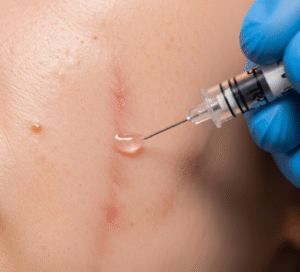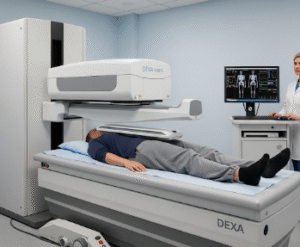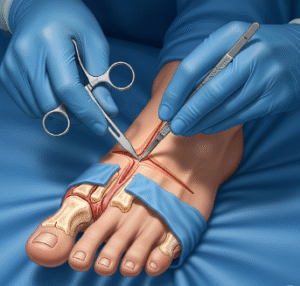Overview
Raynaud’s Syndrome, also called Raynaud’s phenomenon, is a vascular disorder characterized by episodic constriction of small blood vessels, usually in the fingers and toes. This causes color changes, numbness, and pain triggered by cold exposure or stress. In Korea, patients receive advanced diagnostic evaluation and treatments to manage symptoms and prevent complications.
What is Raynaud’s Syndrome?
Raynaud’s Syndrome involves temporary spasms of blood vessels (vasospasm) leading to decreased blood flow to extremities. It can occur as a primary condition (idiopathic) or secondary to other diseases like autoimmune disorders. The affected areas typically turn white, then blue, and finally red as blood flow returns.
Symptoms
- Color changes in fingers or toes: white (pallor), blue (cyanosis), and red (rubor)
- Cold sensation and numbness
- Tingling or burning pain
- Swelling or ulcers in severe cases
- Attacks typically last minutes to hours
Causes
- Exaggerated response to cold or emotional stress
- Underlying autoimmune or connective tissue diseases in secondary Raynaud’s
- Certain medications or occupational exposures
Risk Factors
- Female gender (more common in women)
- Age between 15-30 years for primary Raynaud’s
- Smoking or exposure to vibrating tools
- Autoimmune diseases such as scleroderma, lupus, or rheumatoid arthritis
Complications
- Skin ulcers or sores due to prolonged lack of blood flow
- Gangrene in severe, untreated cases
- Impact on quality of life due to chronic pain and disability
Prevention
- Avoiding cold exposure and sudden temperature changes
- Stress management techniques
- Smoking cessation
- Wearing warm gloves and socks
Treatment Options in Korea
Diagnosis
Korean clinicians use nailfold capillaroscopy, blood tests for autoimmune markers, and cold stimulation tests to differentiate primary from secondary Raynaud’s.
Medical Treatments
- Calcium channel blockers to improve blood flow
- Vasodilators such as phosphodiesterase inhibitors
- Topical nitrates for localized symptoms
- Treatment of underlying diseases in secondary cases
Surgical or Advanced Therapies
- Sympathectomy (nerve surgery) in severe, refractory cases
- Botulinum toxin injections to reduce vasospasm
Rehabilitation and Support
- Patient education on lifestyle modifications
- Psychological support for chronic condition management
- Regular monitoring to prevent complications

